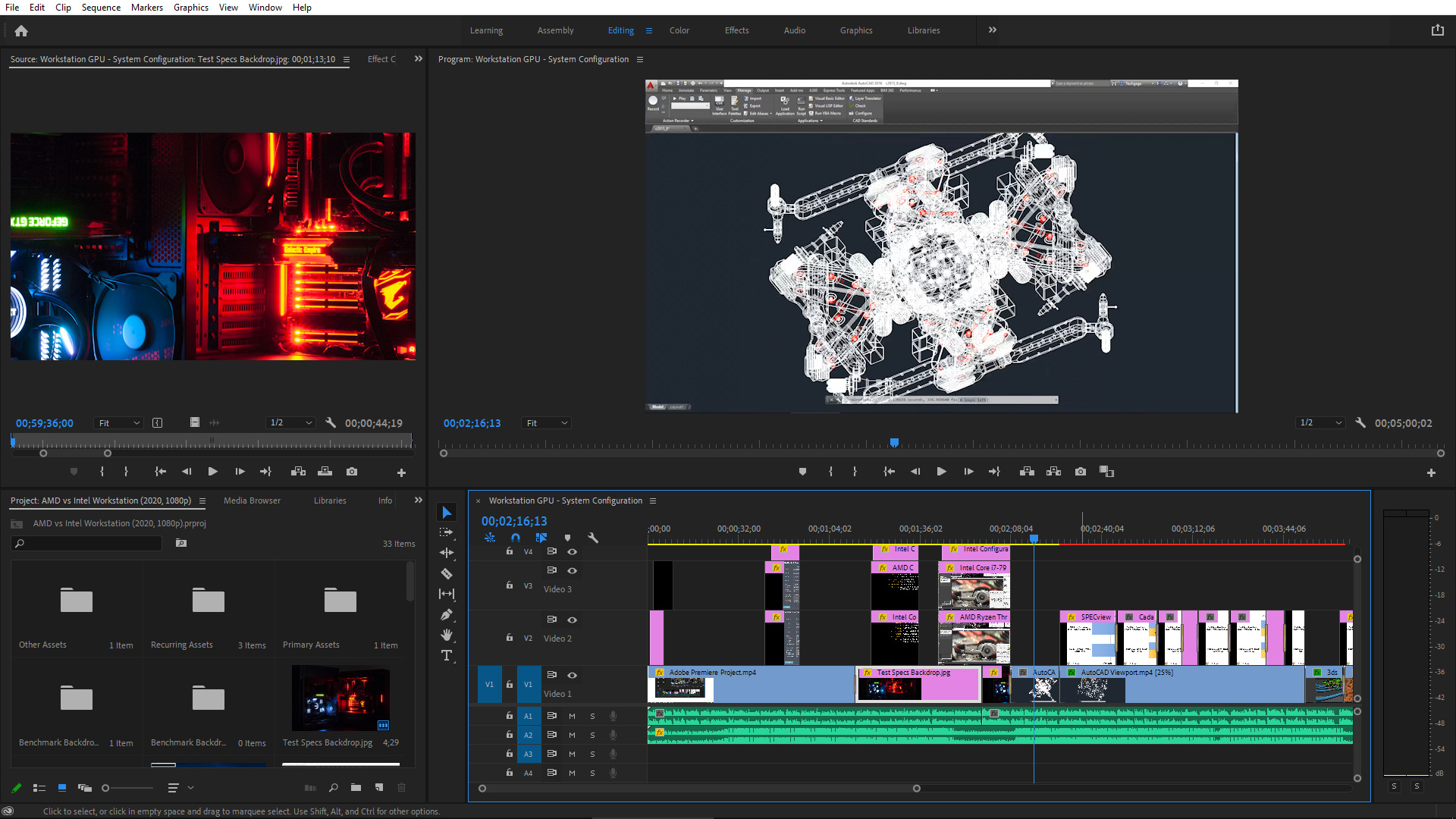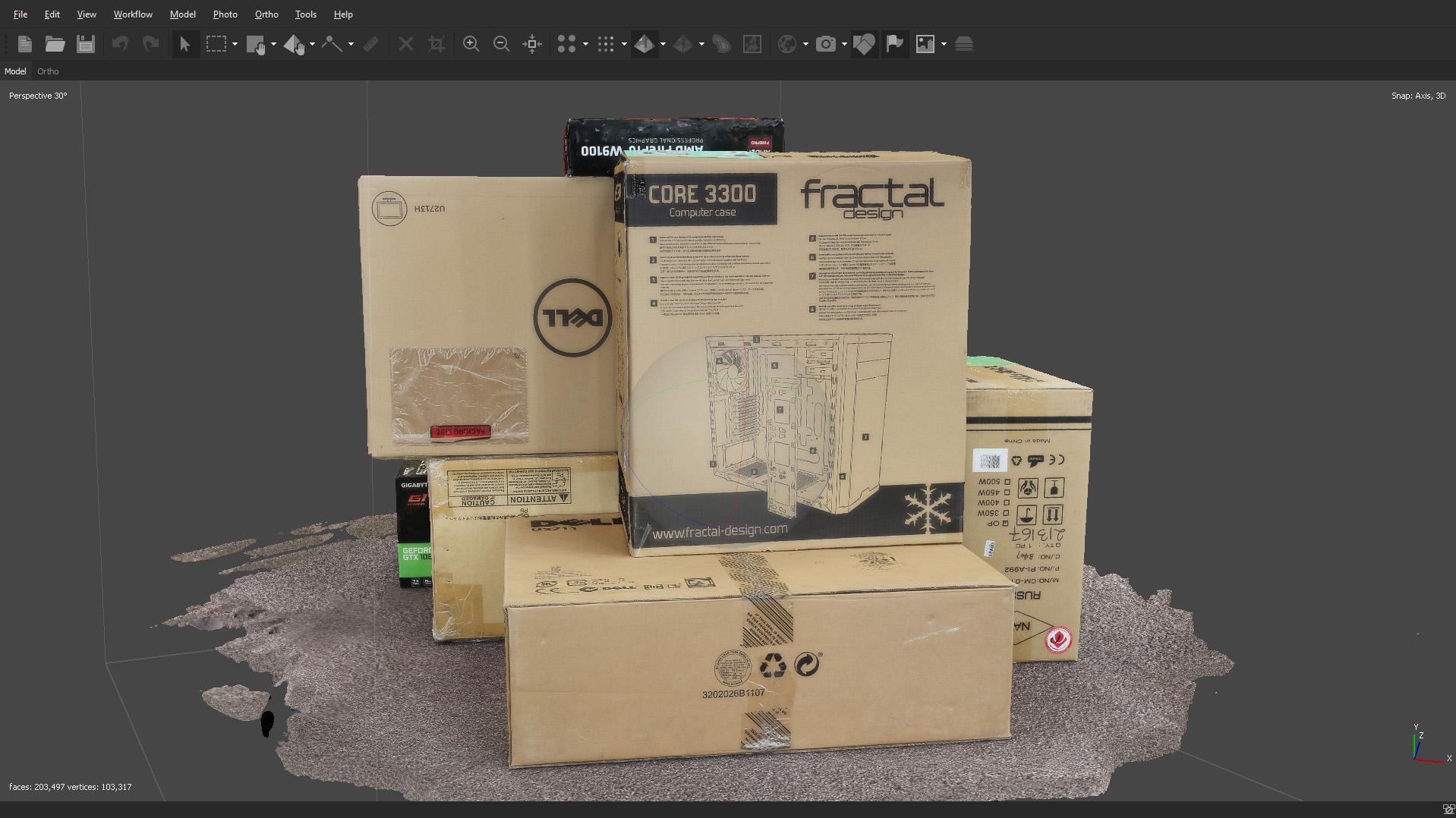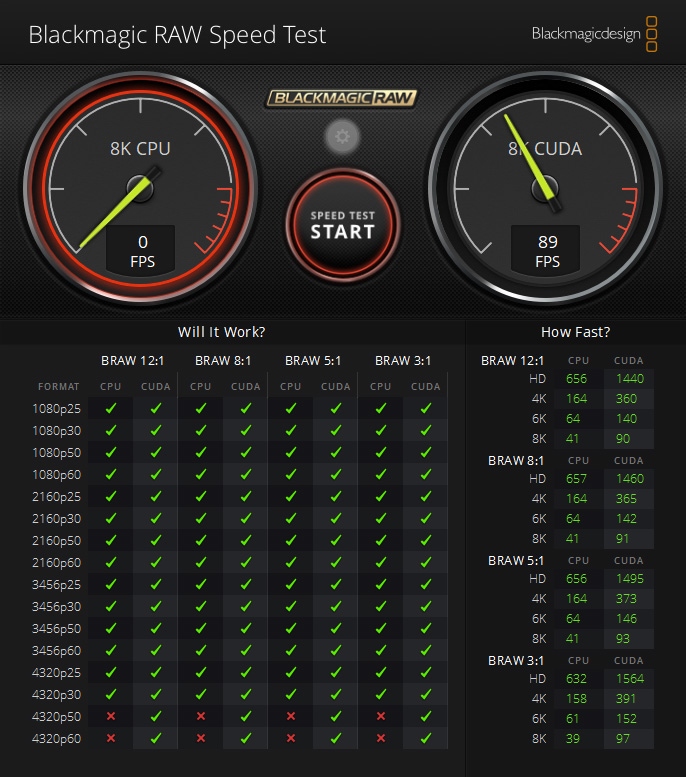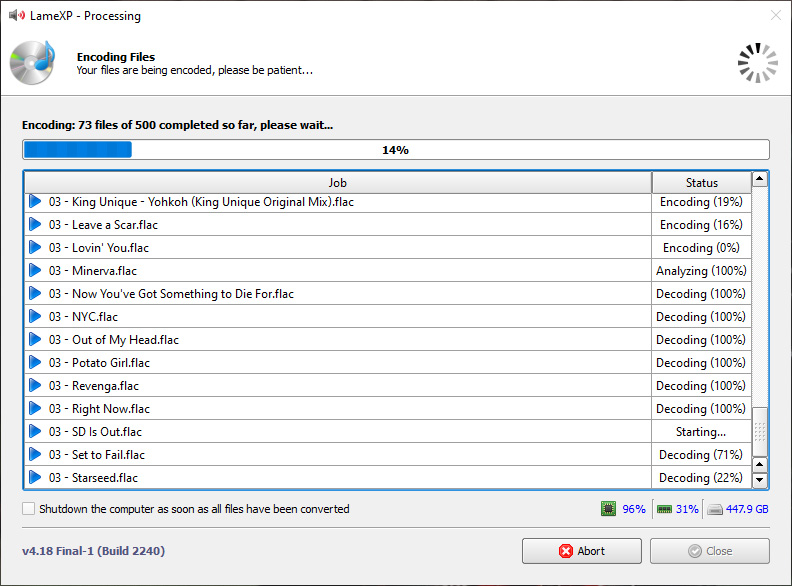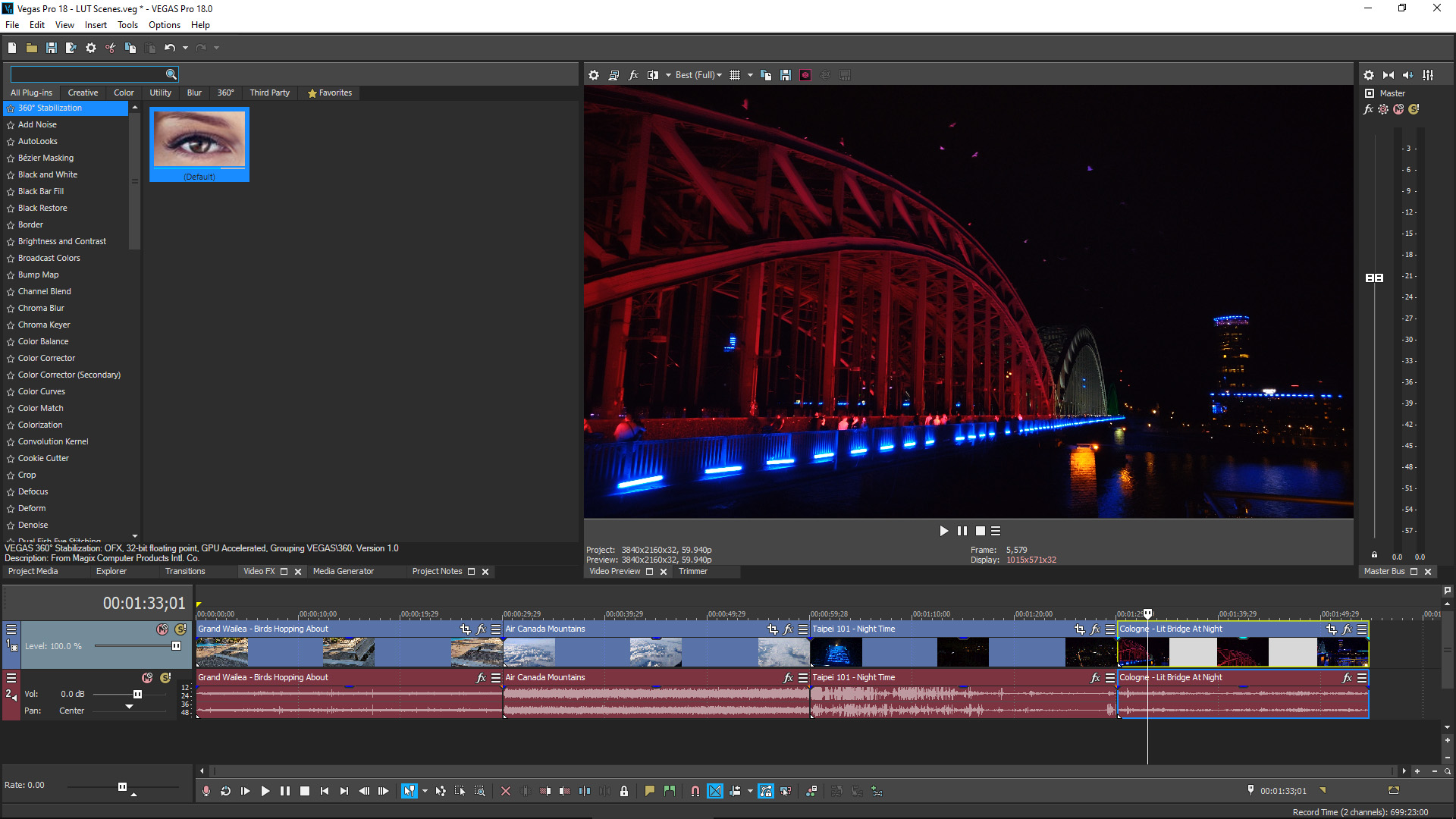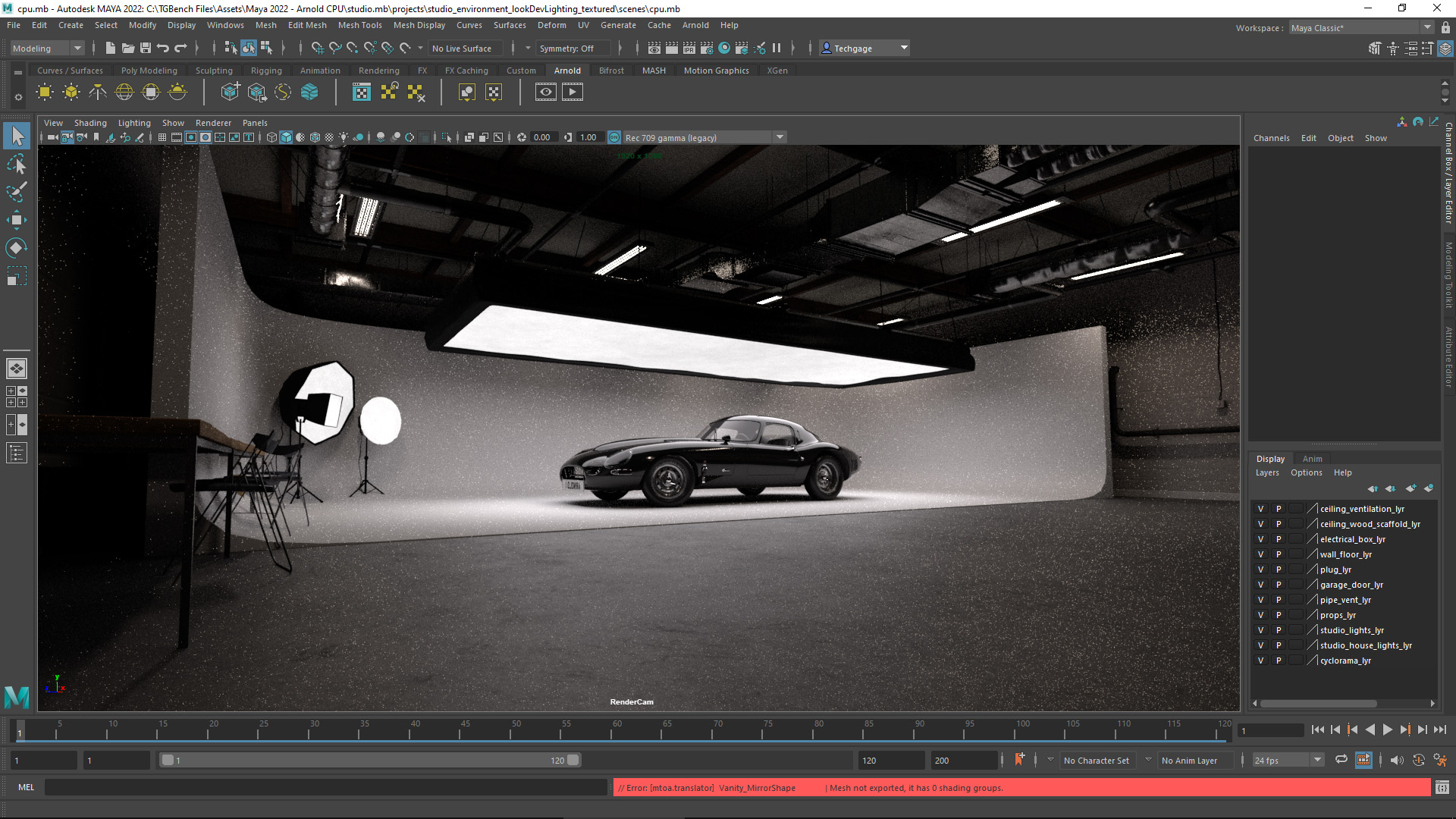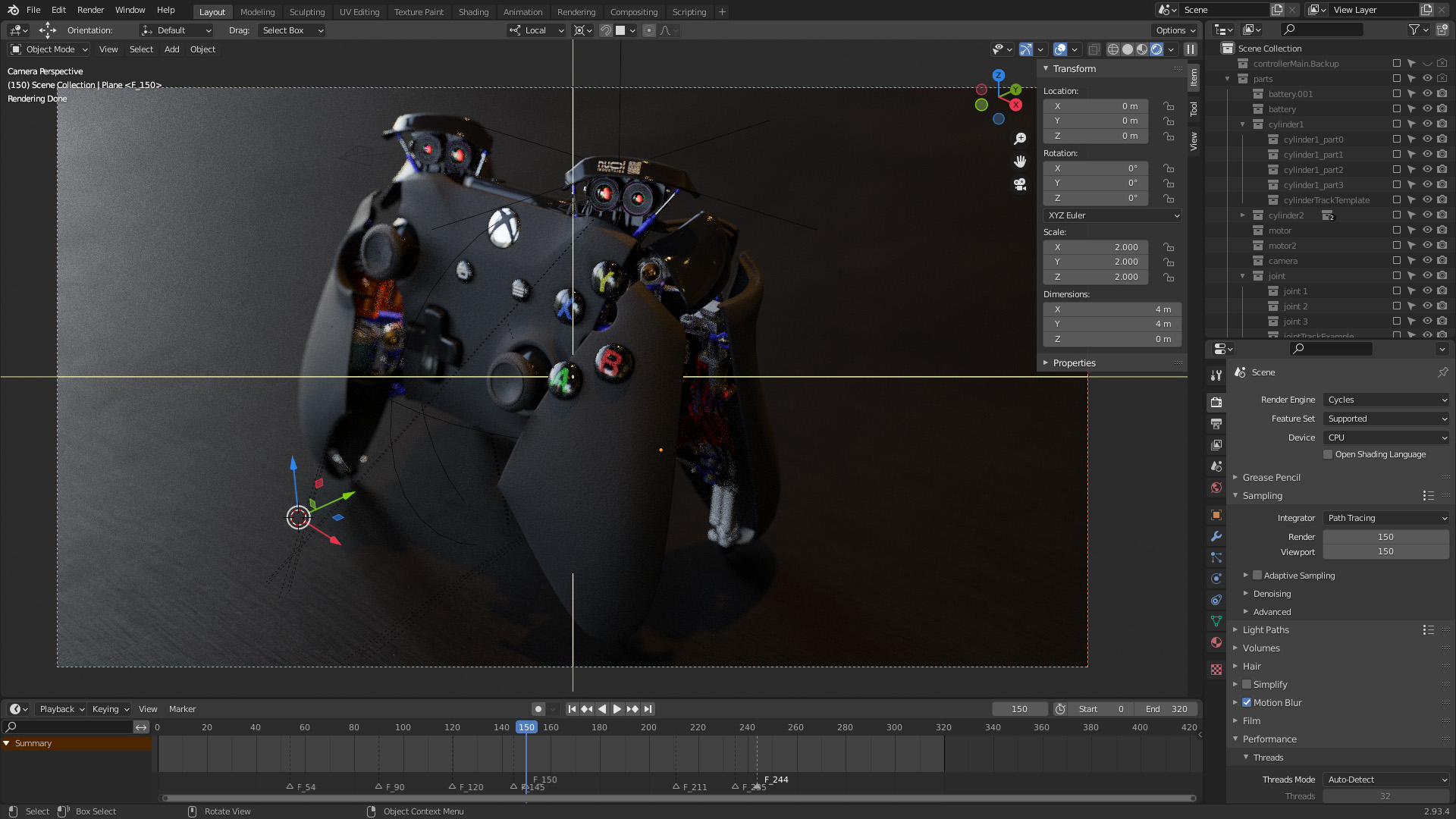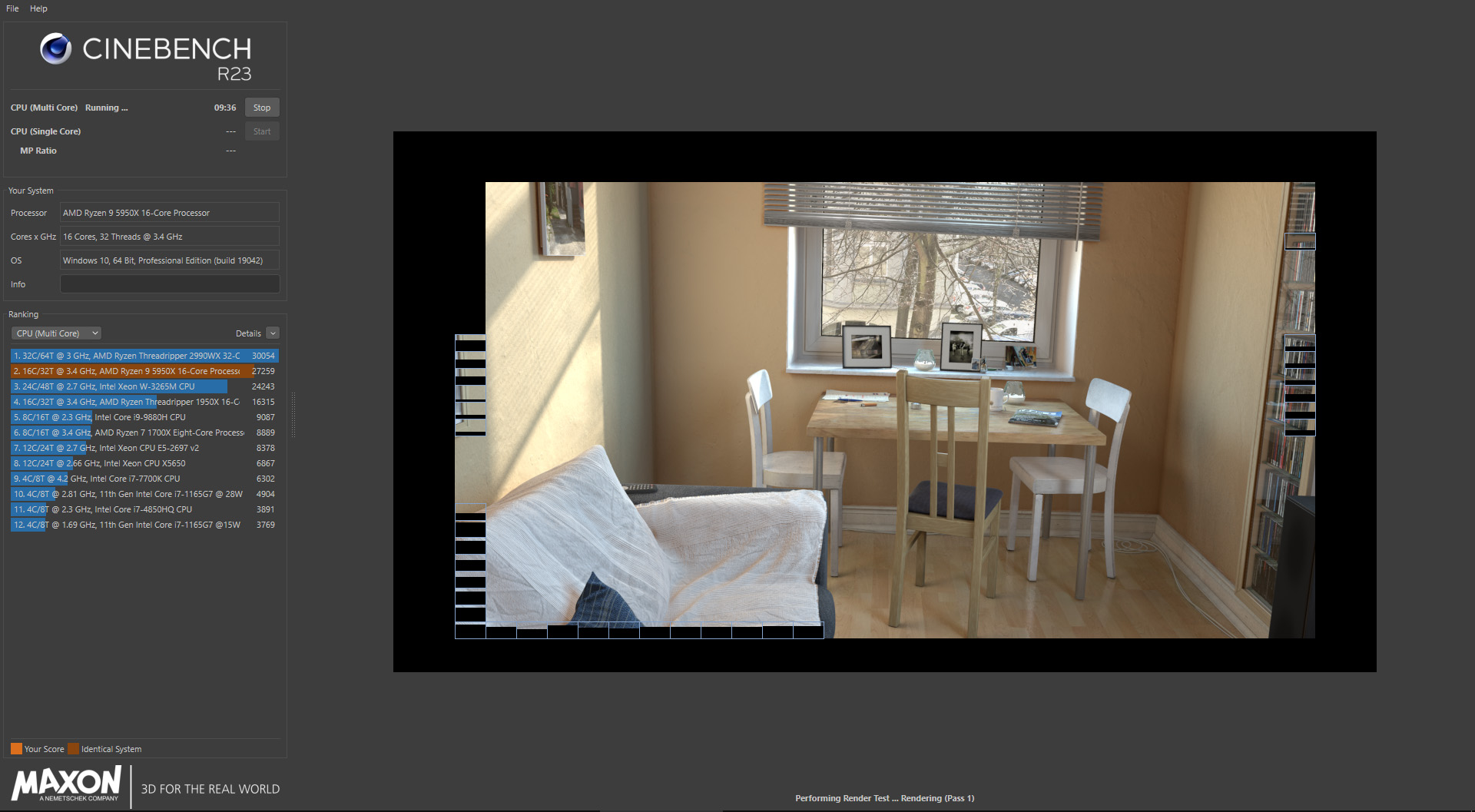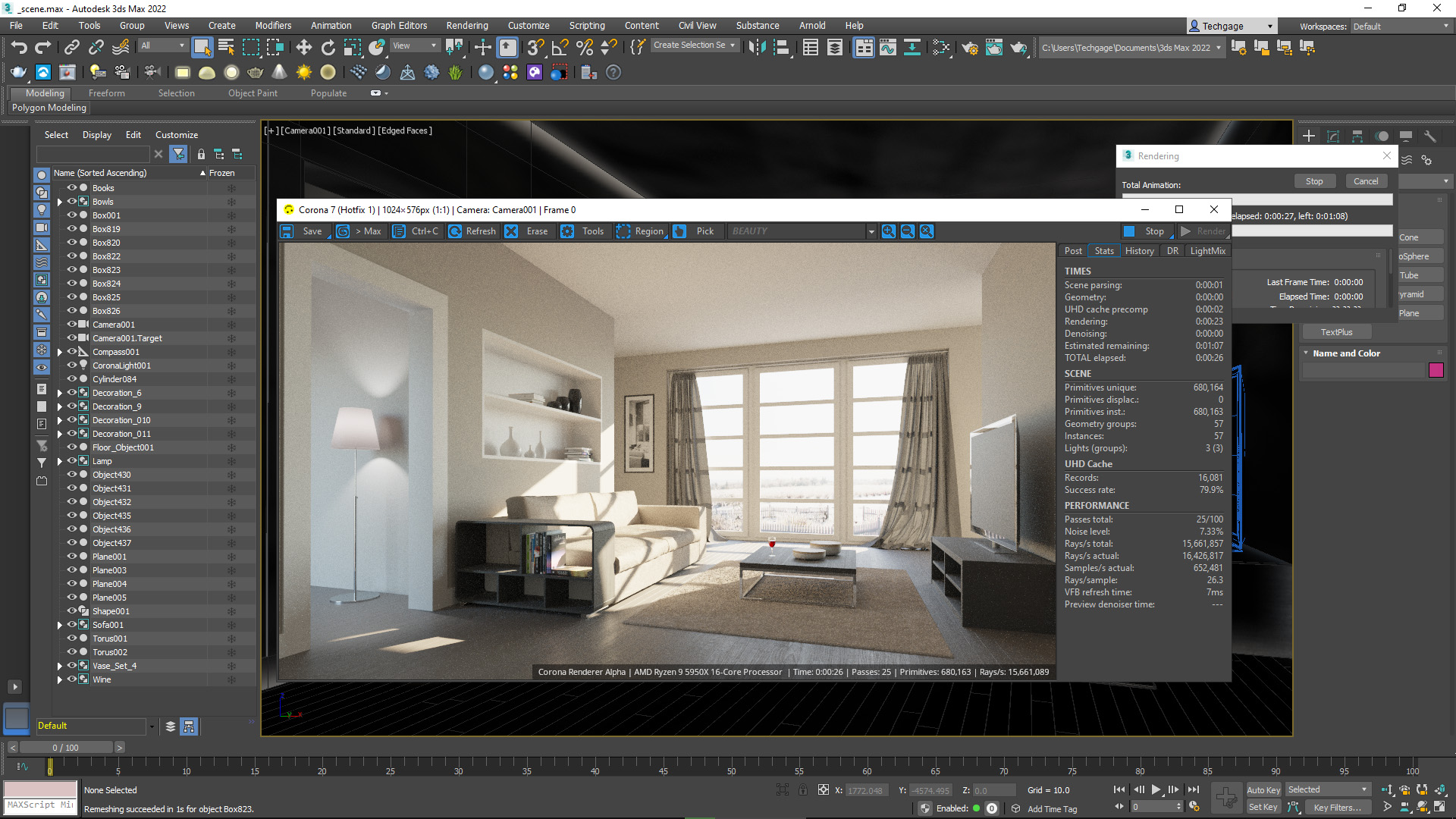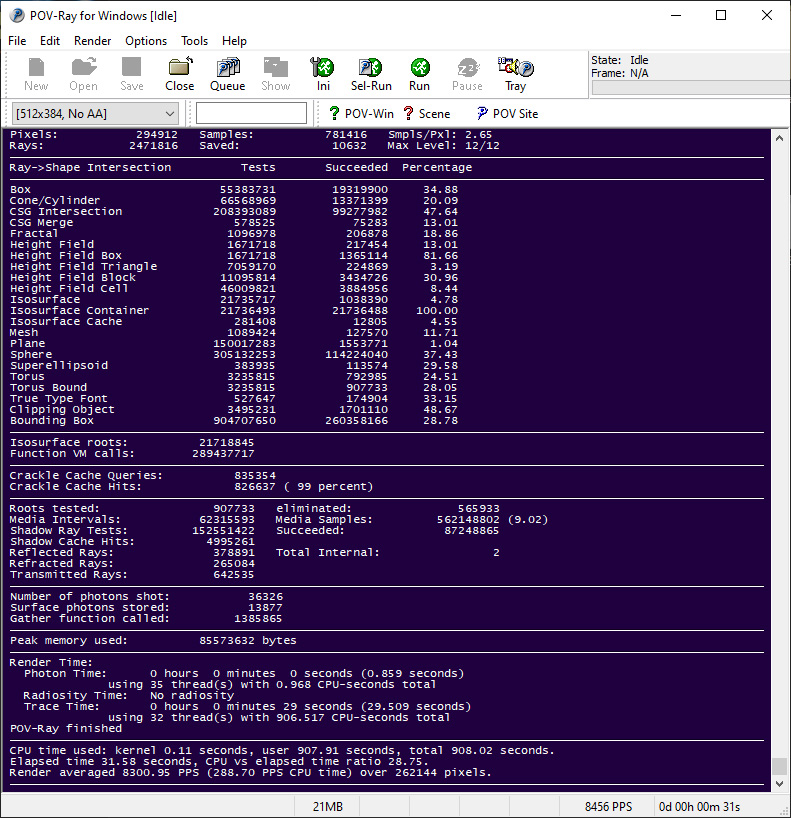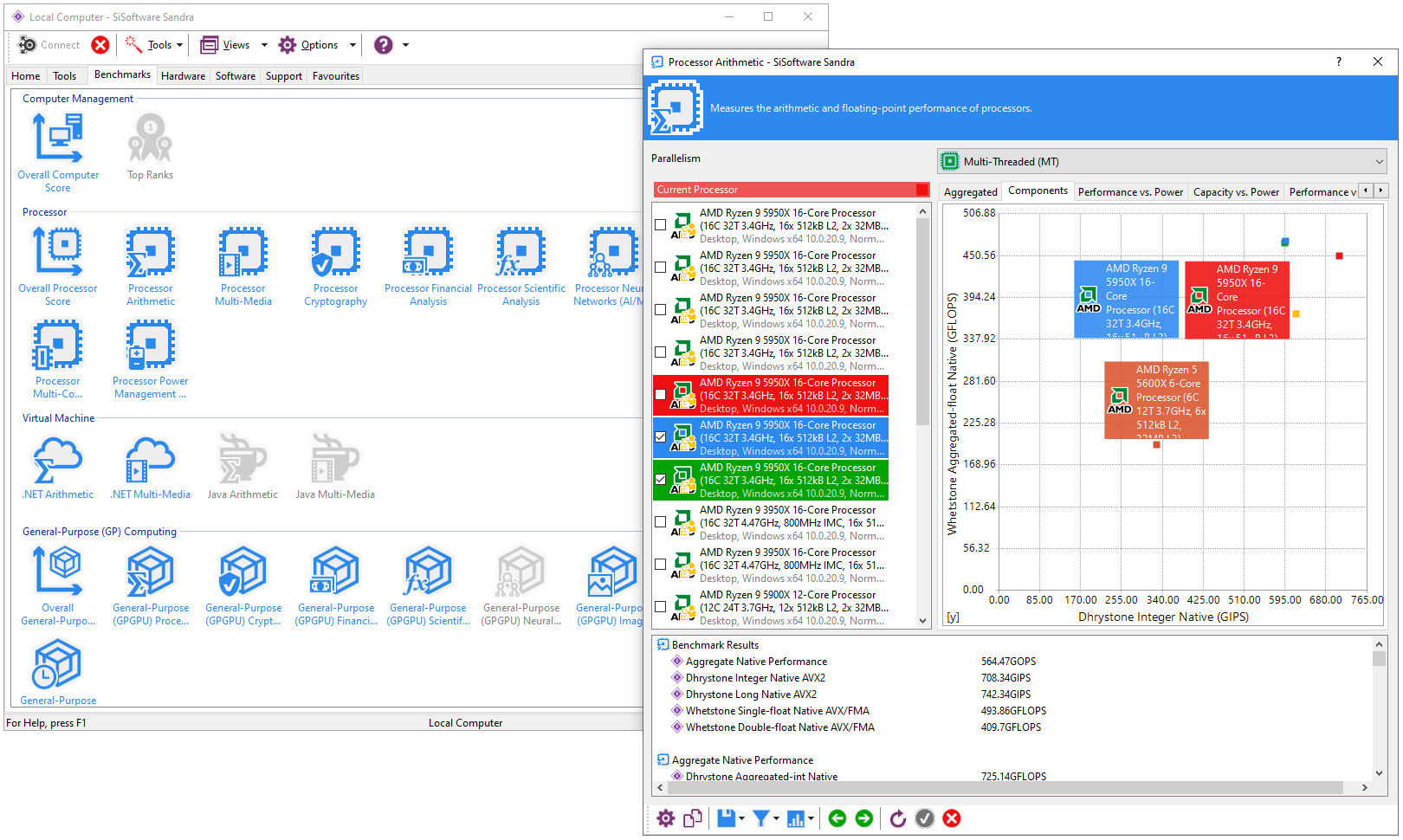- Qualcomm Launches Snapdragon 4 Gen 2 Mobile Platform
- AMD Launches Ryzen PRO 7000 Series Mobile & Desktop Platform
- Intel Launches Sleek Single-Slot Arc Pro A60 Workstation Graphics Card
- NVIDIA Announces Latest Ada Lovelace Additions: GeForce RTX 4060 Ti & RTX 4060
- Maxon Redshift With AMD Radeon GPU Rendering Support Now Available
Intel 12th-gen Core i9-12900K & i5-12600K Workstation Performance Review

Intel’s 12th-gen Core architecture represents a huge shift from previous designs, with ‘performance’ cores being teamed up with ‘efficient’ cores in launch models. For our first performance deep-dive, we’re going to put the i5-12600K and i9-12900K up against many encoding, rendering, and system benchmarks.
Page 2 – Test Methodology & Systems
Benchmarking a CPU may sound like a simple enough task, but in order to deliver accurate, repeatable results, strict guidelines need to be adhered to. This makes for rigorous, time-consuming testing, but we feel that the effort is worth it.
This page exists so that we can be open about how we test, and give those who care about testing procedures an opportunity to review our methodology before flaming us in the comments. Here, you can see a breakdown of all of our test machines, specifics about the tests themselves, and other general information that might be useful.
For testing AMD’s Ryzen AM4-based CPUs, we’re using ASRock’s X570 TAICHI motherboard. For Intel’s 11th-gen Core processors, we use ASUS’ ROG MAXIMUS XIII HERO. For Intel’s 12th-gen, we’re using ASUS’ Z690-PLUS WiFi D4. Note that while Intel’s 12th-gen supports DDR5, we’re kicking off our coverage with a DDR4 platform, as our DDR5 memory kit didn’t arrive in time for our testing to get underway. That of course will be rectified soon, as we plan to get down and dirty with DDR4 vs. DDR5 testing shortly.
The same DDR4 64GB kit of Corsair DOMINATOR Platinum memory is used on each of the test platforms. After resetting each EFI to its default values, we enable the primary XMP option, and then manually downgrade the DDR speed to 3200MHz. We do this because DDR4-3600 has given us enough headaches in the past that we just don’t want to set ourselves up to having to waste a bunch of time because one platform decides to be fussy (and yes, we’ve had platforms suddenly become fussy.)
In a similar note, while in the past, we obsessed over changing motherboard settings to replicate “stock” or “reference” values, for this article, we simply enabled the memory profile, and left it at that. That means that in some cases, these CPUs may run a bit faster than they will on your own rig, if you disable things like ASUS’ MultiCore Enhancement. Similar to how DDR4-3600 has been fussy for us, we obsessed too much in the past about “apples to apples”, which increasingly seems like a pipe dream due to how complex motherboards have become. Just bear in mind that your platform, when all built, could be either a bit slower or faster based on your settings.
As of the time we got down to testing, Intel’s 12th-gen CPUs were primarily encouraged for use with Windows 11, whereas launch issues for that OS made things a bit iffy for other architectures. For this article, we stuck to Windows 10 for both Intel’s 11th-gen chips, as well as AMD’s AM4. For Intel’s 12th-gen, we used a fully up-to-date Windows 11. As always, an updated chipset driver was used for each platform.
Most of the tests in this article were run with the help of automated test scripts to help ensure that the same settings and actions are applied each and every time. This generally means that we don’t need to run a test too many times over to generate an accurate and repeatable result – but generally speaking, most tests are run at least three times over.
Here’s the full breakdown of the test platforms:
Techgage’s CPU Testing Platforms
| AMD AM4 Test Platform | |
| Processors | AMD Ryzen 9 5950X (3.4GHz, 16C/32T) AMD Ryzen 5 5600X (3.7GHz, 6C/12T) |
| Motherboard | ASRock X570 TAICHI CPUs tested with BIOS P4.60 (August 3, 2021) |
| Memory | Corsair VENGEANCE (CMT64GX4M4Z3600C16) 16GB x4 Operates at DDR4-3200 16-18-18 (1.35V) |
| Graphics | NVIDIA RTX 3070 (8GB; GeForce 496.49) |
| Storage | WD Blue 3D NAND 1TB (SATA 6Gbps) |
| Power Supply | Corsair RM850X (850W) |
| Chassis | Fractal Design Define C |
| Cooling | Corsair Hydro H100i PRO RGB (240mm) |
| Et cetera | Windows 10 Pro (21H1, Build 19043) |
| Intel LGA1700 Test Platform | |
| Processors | Intel Core i9-12900K (3.2GHz, 16C/24T) Intel Core i5-12600K (3.7GHz, 10C/16T) |
| Motherboard | ASUS Z690-PLUS WiFi D4 CPUs tested with BIOS 0503 (September 10, 2021) |
| Memory | Corsair VENGEANCE (CMT64GX4M4Z3600C16) 16GB x4 Operates at DDR4-3200 16-18-18 (1.35V) |
| Graphics | NVIDIA RTX 3070 (8GB; GeForce 496.49) |
| Storage | WD Blue 3D NAND 1TB (SATA 6Gbps) |
| Power Supply | EVGA Bronze 600B1 (600W) |
| Chassis | Corsair Crystal X570 RGB |
| Cooling | Corsair Hydro H115i PRO RGB (280mm) |
| Et cetera | Windows 11 Pro (21H2, Build 22000) |
| Intel LGA1200 Test Platform | |
| Processors | Intel Core i9-11900K (3.7GHz, 10C/20T) Intel Core i5-11600K (4.1GHz, 6C/12T) |
| Motherboard | ASUS ROG MAXIMUS XIII HERO CPUs tested with BIOS 1007 (July 13, 2021) |
| Memory | Corsair VENGEANCE (CMT64GX4M4Z3600C16) 16GB x4 Operates at DDR4-3200 16-18-18 (1.35V) |
| Graphics | NVIDIA RTX 3070 (8GB; GeForce 496.49) |
| Storage | WD Blue 3D NAND 1TB (SATA 6Gbps) |
| Power Supply | EVGA Bronze 600B1 (600W) |
| Chassis | Corsair Crystal X570 RGB |
| Cooling | Corsair Hydro H115i PRO RGB (280mm) |
| Et cetera | Windows 10 Pro (21H1, Build 19043) |
Testing Considerations
As covered earlier, we use an up-to-date Windows for our testing, as well as the latest chipset driver for each respective platform. In the pursuit of accurate, repeatable benchmarks, here are some basic guidelines we follow:
- Disruptive services are disabled; eg: Search, Cortana, User Account Control, Defender, etc.
- Overlays and / or other extras are not installed with the graphics driver.
- Vsync is disabled at the driver level (and in any tested game).
- Default (usually Balanced) power profile used (with screen and sleep timeouts disabled).
- OSes are never transplanted from one machine to another.
- We validate system configurations before kicking off any test run.
- Testing doesn’t begin until the PC is idle (keeps a steady minimum wattage).
- All tests are repeated until there is a high degree of confidence in the results.
- Benchmarks of modern workloads matter, so we always try to use up-to-date software.
- We do not use outdated data. Performance numbers seen in this article are completely current.
Encoding Tests
Go straight to test:
- Adobe Lightroom Classic
- Adobe Premiere Pro
- Agisoft Metashape
- Blackmagic RAW Speed Test
- HandBrake
- LameXP
- VEGAS Pro
Rendering Tests
Go straight to test:
- Autodesk Arnold (Maya)
- Blender
- Chaos Czech Corona Renderer (3ds Max)
- Chaos Group V-Ray (3ds Max)
- Luxion KeyShot
- LuxMark
- Maxon Cinebench
- POV-Ray
Synthetic Tests
Go straight to test:
If you think there’s some information lacking on this page, or you simply want clarification on anything in particular, don’t hesitate to leave a comment.
Support our efforts! With ad revenue at an all-time low for written websites, we're relying more than ever on reader support to help us continue putting so much effort into this type of content. You can support us by becoming a Patron, or by using our Amazon shopping affiliate links listed through our articles. Thanks for your support!






